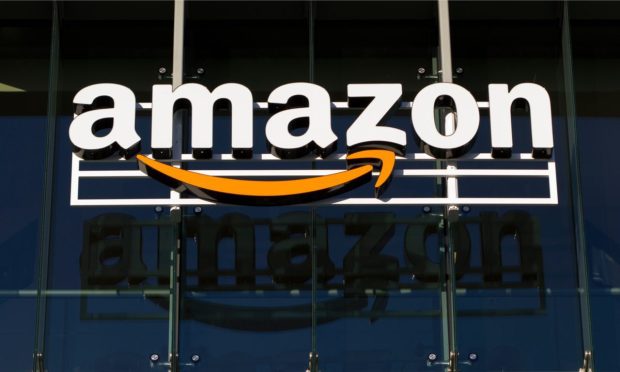Kroger-Albertsons Merger Presents Brick-and-Mortar Grocery Opportunity for Amazon

With Kroger and Albertsons’ merger expected to result in the divestiture of hundreds of locations, to meet antitrust requirements, there may be an opportunity for others looking to grow their presence to seize on these left-behind sites.
Now, Bernstein analysts are noting that, if Amazon buys these locations, it could help the eCommerce giant meet its grocery goals, according to Business Insider.
“In theory, Amazon could plug acquired stores into its network, which would (potentially at least) prove less painful and costly than building a distribution and logistics network from scratch,” the analysts reportedly wrote, per the report. They noted that the option should “definitely be on the table” and that the divestitures would present a “very rare opportunity in U.S. retail” that would “align well with the goals” of Amazon.
Amazon declined PYMNTS’ request to comment.
Amazon is looking to build out its grocery presence. In the eCommerce giant’s annual report, the company noted the opportunity that the $800 billion U.S. grocery market poses, with households averaging three to four grocery store visits per week.
Amazon President and CEO Andy Jassy noted in a letter that the company has been following the blueprint of “how other mass merchants entered the grocery space in the 1980s,” building out its center-aisle selections, and that now the firm is turning its focus to perishables.
“While we’re pleased with the size and growth of our grocery business, we aspire to serve more of our customers’ grocery needs than we do today,” Jassy said in the letter. “To do so, we need a broader physical store footprint, given that most of the grocery shopping still happens in physical venues.”
In-person shopping is indeed the norm for grocery customers. Data from PYMNTS’ study “Changes in Grocery Shopping Habits and Perception,” which drew from a December survey of more than 2,400 U.S. consumers, revealed that 54% of shoppers exclusively buy groceries in stores. Plus, 93% of consumers purchase their groceries in brick-and-mortar stores at least some of the time.
Jassy noted that, while Amazon’s Whole Foods Market subsidiary addresses the brick-and-mortar opportunity in specialty grocery, Amazon continues to look for “a mass grocery format” that would be “worth expanding broadly,” suggesting that perhaps the current Amazon Fresh format is not working as well as the company would like. One filing with the Seattle Department of Constructions and Inspections suggests that the eCommerce giant may be trying out a store format under the name “Amazon Market.”
Certainly, having a mass-market option is key, as many grocery shoppers seek out deals and bargains. Research from the March edition of PYMNTS’ Consumer Inflation Sentiment report, “Consumer Inflation Sentiment: The False Appeal of Deal-Chasing Consumers,” which drew from a survey of more than 2,100 U.S. consumers, noted that 67% of grocery shoppers cited price and discounts as a key factor that influenced their decision of where to make their most recent purchase. These were second only to ease/convenience in terms of grocery shoppers’ top priorities.

